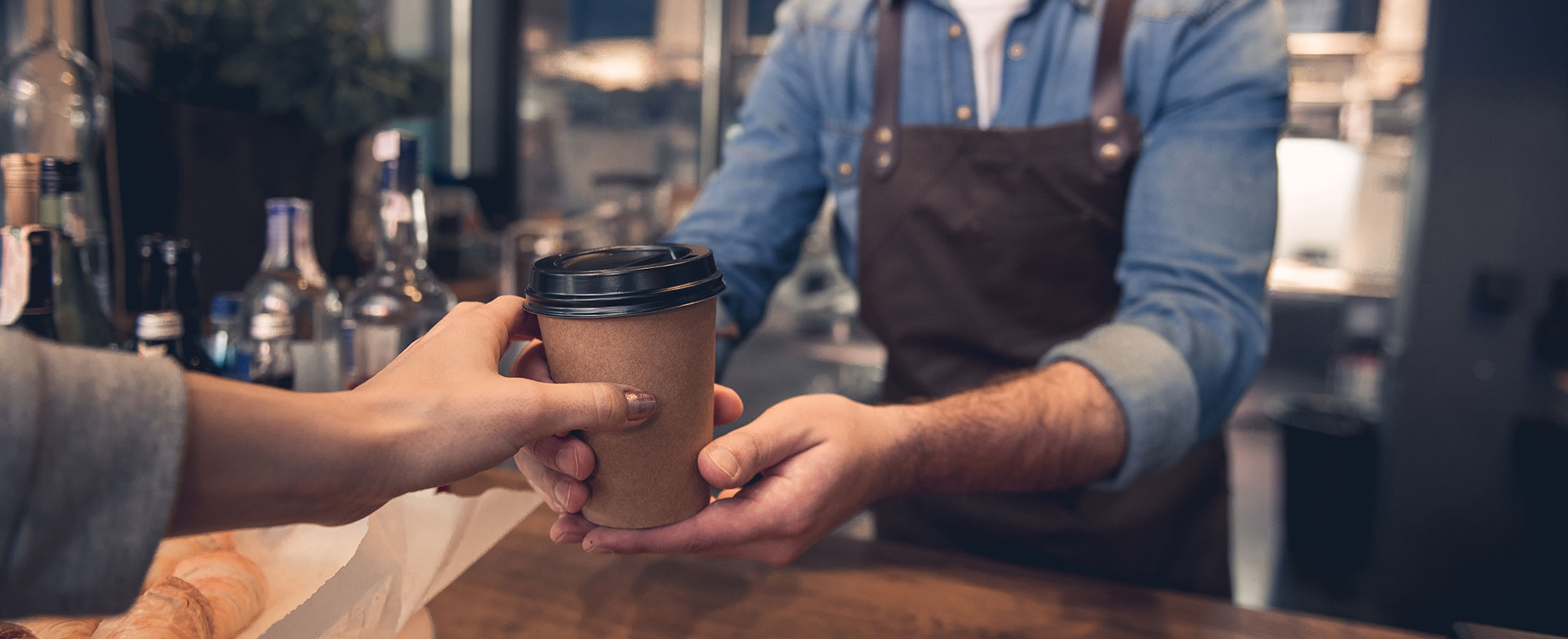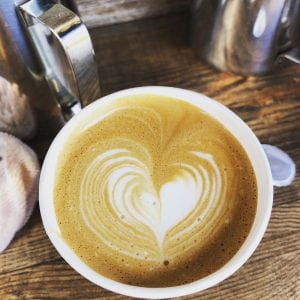13 Aug Latte art and the importance of the milk pour
Creating the perfect latte or flat white
Having spent some time this summer trying to perfect ‘latte art’ with some of our budding baristas, I realised the importance of the method of milk pour in reaching this level of perfection. When I say ‘trying to perfect latte art’, it’s not that we expect to be able to create beautiful ferns or hearts immediately; in fact to start with we’re just looking for the right colour. A latte and a flat white should have an amount of the crema rising to the top, so that the coffee takes on a brown colour, ideally with the white artwork on top of that to offer a contrasting pattern. A cappuccino should be all about a white silky top, on which to add a dusting of chocolate or cinnamon powder.
What I noticed is that baristas can get the milk temperature and consistency spot on, and it all goes a bit wrong with the pour – if you’re not careful the flat whites end up with a silky white top, and cappuccinos with a brown top. And this is where the pour technique comes into play. When you look at the laws of physics, a fast moving, denser, thinner flow of milk will be more likely to penetrate the surface of a liquid than a lighter, slower flow of milk. When considering your lattes and flat whites, you’re looking to achieve a faster moving, denser and thinner flow of milk which will dive down towards the bottom of the coffee, piercing through the crema and bringing this golden brown colour nicely to the top. One way to achieve this is to pour your lattes and flat whites from a height to create a nice narrow, fast moving milk stream at entry point. As you then move towards the point of art creation (i.e. the cup is nearly full with brown crema on the top) you bring the spout of the milk jug closer to the cup so that the milk no longer pierces the crema, but instead forms on the top of it. That simple technique will enable you to start seeing the formation of white artwork towards the end of your pour, and it’s then all about the wrist action in creating your perfect artwork.
With a cappuccino the pour should be different, with the spout of the jug starting close to the side of the cup, and the milk resting on the top of the crema, without piercing it. Don’t forget to swirl your milk first in order to give it a nice glossy finish, and then pour fast enough that your lovely silky froth exits the jug onto your coffee, simply layered on the top. Of course, it all takes practice but it’s very satisfying once achieved.
If you’d like to hire a vintage coffee van for a sales promotion or corporate event please don’t hesitate to contact us at info@camper-cafe.co.uk and we’d be delighted to help.




Sorry, the comment form is closed at this time.